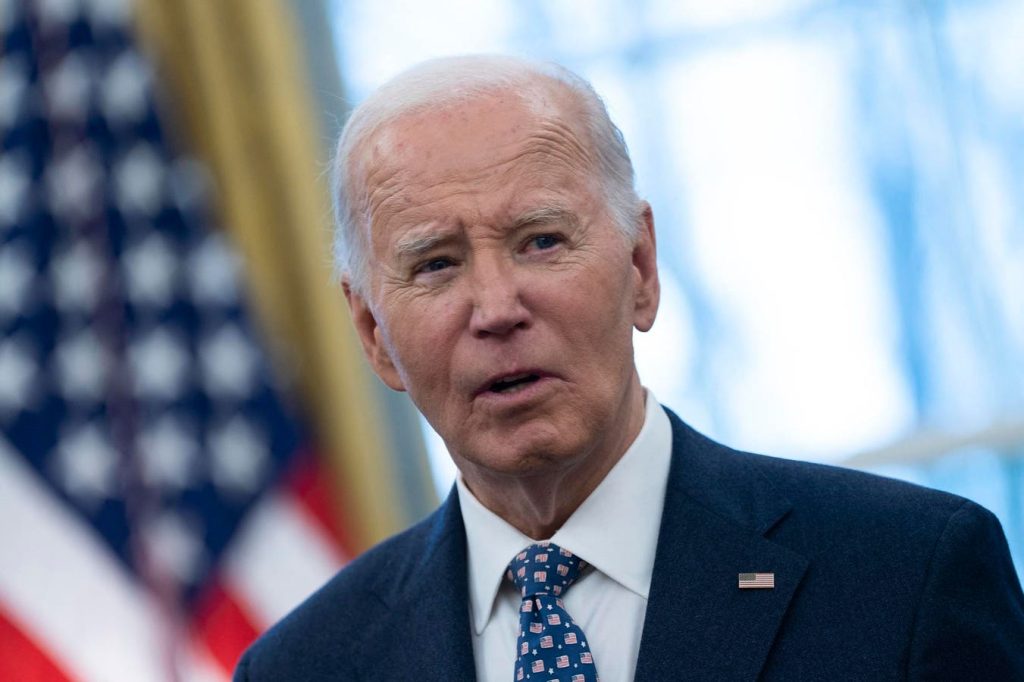The Biden administration’s Saving on a Valuable Education (SAVE) plan, designed to offer student loan borrowers lower monthly payments and eventual forgiveness, remains entangled in legal challenges, leaving millions in limbo. Originally intended as the latest iteration of income-driven repayment (IDR) plans, SAVE promised interest benefits and multiple pathways to loan discharge. However, a lawsuit initiated by Republican-led states resulted in a court order blocking the program last August. Consequently, over eight million borrowers were placed into an involuntary forbearance, a state of suspended payments, where many remain today. While the Department of Education issued updated guidance in December 2024, the core issues preventing loan forgiveness and the ongoing forbearance persist.
The December guidance clarifies several aspects of the SAVE plan forbearance, but crucially, it confirms that this period will not count towards loan forgiveness, neither under IDR nor Public Service Loan Forgiveness (PSLF). This effectively freezes progress towards loan discharge for borrowers trapped in the forbearance. Furthermore, the court order not only prevents loan forgiveness under SAVE but also affects other IDR plans like Pay As You Earn (PAYE) and Income-Contingent Repayment (ICR), which were crafted by the Department of Education. Only the Income-Based Repayment (IBR) plan, established by Congress, remains unaffected by the legal challenge and continues to offer a path to forgiveness. This underscores the legal vulnerability of department-created IDR programs, leaving borrowers reliant on IBR or exploring alternative strategies.
The updated guidance addresses some confusion about interest accrual and the duration of the SAVE plan forbearance. The Department of Education explicitly stated that interest will not accrue during the forbearance, contradicting some communications from loan servicers. Borrowers who have received notices indicating interest accrual are advised to contact their servicers for clarification. Similarly, any suggested end date for the forbearance, often appearing in servicer correspondence, is inaccurate. The forbearance will remain in effect until legal or policy changes permit the resumption of SAVE plan implementation, a timeline that remains uncertain. This highlights the ongoing ambiguity surrounding the future of SAVE and the frustration experienced by borrowers seeking clarity about their repayment obligations.
While the SAVE plan remains blocked, borrowers can pursue alternative paths to loan forgiveness. Switching to a different IDR plan, such as PAYE, IBR, or ICR, allows borrowers to exit the SAVE forbearance and resume progress towards IDR or PSLF. The December guidance confirms the reactivation of PAYE and ICR as options, alongside IBR, which was already available. However, borrowers should carefully consider the implications of switching plans. PAYE and IBR have “partial financial hardship” requirements, and PAYE has loan disbursement date restrictions that can limit eligibility. Furthermore, monthly payments under these alternative IDR plans might be significantly higher than those under SAVE, with potentially fewer interest benefits. The Department of Education cautions borrowers to understand the specific rules and potential financial consequences of each IDR plan before making a switch.
The guidance also addresses the issue of IDR application processing, which had been stalled following the court order. The Department of Education anticipates that servicers will resume processing IDR applications, though the exact timeline remains unclear. Borrowers applying to change IDR plans may enter a “processing forbearance” for up to 60 days, unlike the general SAVE plan forbearance. Critically, this processing forbearance does count toward IDR and PSLF forgiveness. However, interest will accrue during this processing period, adding to the borrower’s overall loan balance. The potential for significant processing delays further complicates the situation for borrowers eager to resume progress towards loan forgiveness.
For borrowers pursuing PSLF, another option exists beyond switching IDR plans: the PSLF Buyback program. This program allows borrowers with 120 months of qualifying public service employment to retroactively count periods of non-qualifying forbearance towards PSLF by making a lump-sum payment equivalent to what they would have paid under an IDR plan during that time. However, the PSLF Buyback program has faced its own set of challenges, with borrowers reporting long processing times for their applications. The Department of Education acknowledges these issues and indicates ongoing efforts to improve program operations, but no concrete timelines for processing improvements have been provided. This leaves borrowers seeking PSLF through the buyback option facing uncertainty and potential delays in achieving forgiveness.
In summary, the future of the SAVE plan remains uncertain, leaving millions of borrowers in a state of suspended progress toward loan forgiveness. While the December guidance clarifies some aspects of the forbearance, it underscores the ongoing challenges facing borrowers. The inability to accrue forgiveness time under the SAVE plan forbearance, the restrictions on other IDR plans, and the complexities of switching plans or utilizing the PSLF Buyback program all contribute to the ongoing uncertainty and frustration for borrowers struggling with student loan debt. The legal challenges to SAVE represent a significant setback for the Biden administration’s efforts to provide student loan relief, and the ultimate fate of the program, and the borrowers it was intended to serve, hangs in the balance.

